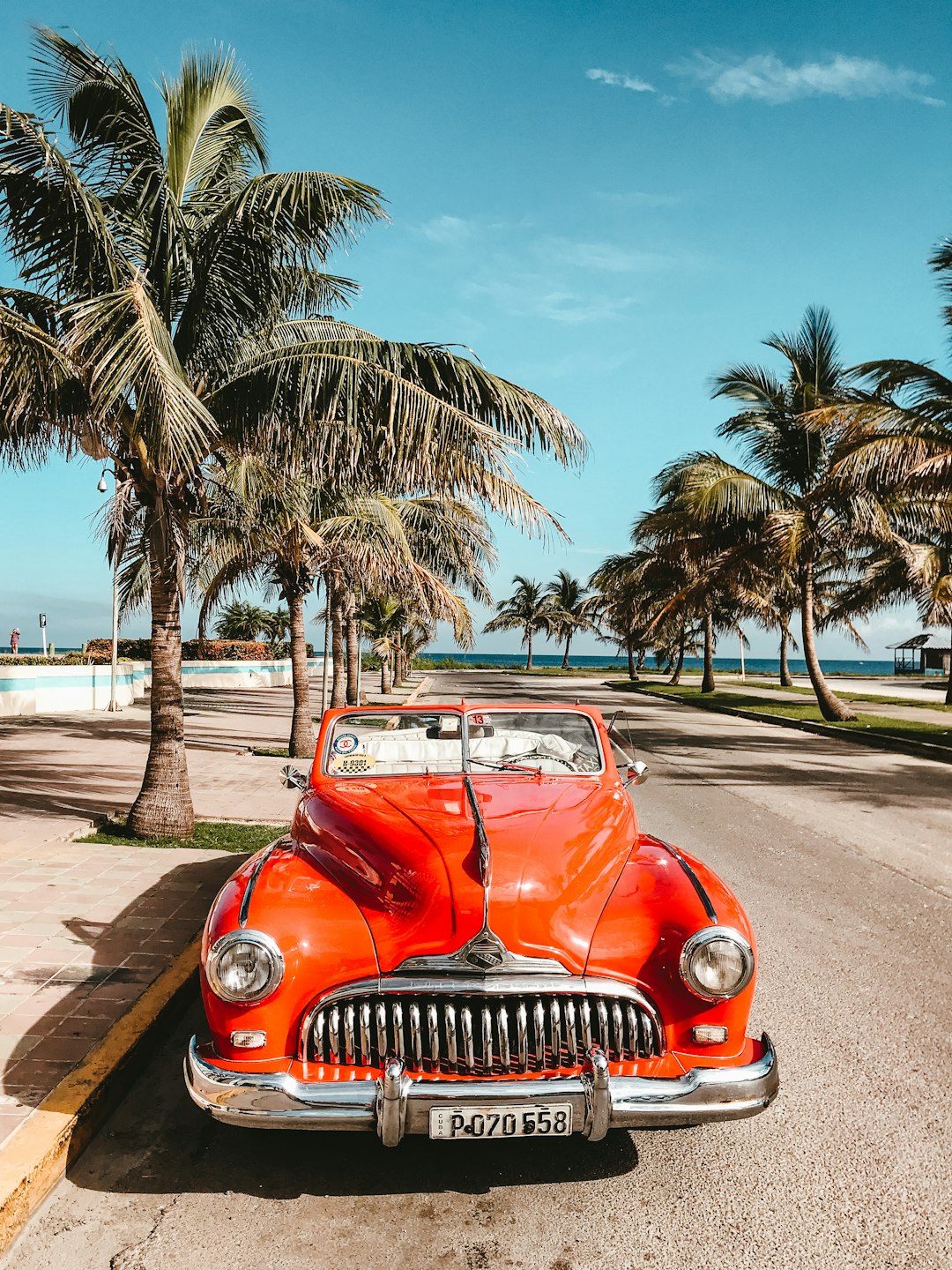Cuba vs. Puerto Rico
What's the Difference?
Cuba and Puerto Rico are both Caribbean islands with rich cultural histories and vibrant communities. However, they have distinct political statuses and different relationships with the United States. Cuba is an independent socialist country, known for its revolutionary history and unique blend of Spanish, African, and Caribbean influences. Puerto Rico, on the other hand, is an unincorporated territory of the United States, with a mix of Spanish, African, and indigenous Taíno cultures. While both islands have faced economic challenges, Cuba has experienced a more isolated economy due to trade embargoes, while Puerto Rico has benefited from its association with the United States. Despite their differences, both Cuba and Puerto Rico offer visitors stunning natural beauty, warm hospitality, and a vibrant cultural scene.
Comparison

| Attribute | Cuba | Puerto Rico |
|---|---|---|
| Location | Caribbean | Caribbean |
| Official Language | Spanish | Spanish, English |
| Capital | Havana | San Juan |
| Government | Communist state | Commonwealth |
| Population | 11.3 million | 3.2 million |
| Currency | Cuban Peso (CUP) | United States Dollar (USD) |
| Time Zone | UTC-5 | UTC-4 |
| Main Industries | Tourism, healthcare, sugar, tobacco | Manufacturing, pharmaceuticals, tourism |
| Religion | Christianity (predominantly Catholic) | Christianity (predominantly Catholic) |
| Climate | Tropical | Tropical |

Further Detail
Geography
Cuba and Puerto Rico are both beautiful Caribbean islands with unique geographical features. Cuba, the largest island in the Caribbean, is located in the northern Caribbean Sea, south of Florida. It boasts a diverse landscape, including stunning beaches, lush mountains, and fertile plains. Puerto Rico, on the other hand, is a smaller island located in the northeastern Caribbean Sea, east of the Dominican Republic. It is known for its picturesque coastline, tropical rainforests, and the famous El Yunque National Forest.
History and Culture
Both Cuba and Puerto Rico have rich histories and vibrant cultures that have been shaped by various influences. Cuba, once a Spanish colony, gained independence in 1902 and has since been influenced by Spanish, African, and indigenous cultures. It is renowned for its music, dance, and literature, with genres like salsa, rumba, and Afro-Cuban jazz originating from the island. Puerto Rico, also a former Spanish colony, became a territory of the United States in 1898. Its culture is a fusion of Spanish, African, and Taíno influences, resulting in a unique blend of traditions, music, and cuisine.
Economy
When it comes to the economy, there are notable differences between Cuba and Puerto Rico. Cuba has a socialist economy, with the government controlling most industries and resources. It relies heavily on agriculture, particularly the production of sugar, tobacco, and coffee. Tourism is also a significant source of revenue for the country. Puerto Rico, on the other hand, has a mixed economy, with a strong focus on manufacturing, pharmaceuticals, and services. It benefits from being a territory of the United States, allowing for trade and investment opportunities.
Political Status
The political status of Cuba and Puerto Rico is another area of contrast. Cuba is a communist country with a single-party system, where the Communist Party of Cuba holds power. It has a centrally planned economy and limited political freedoms. Puerto Rico, as mentioned earlier, is a territory of the United States. While Puerto Ricans are U.S. citizens, they do not have voting representation in the U.S. Congress. The island has debated its political status for years, with some advocating for statehood, independence, or maintaining the current territorial status.
Tourism and Attractions
Both Cuba and Puerto Rico offer a wide range of attractions for tourists. Cuba is known for its vintage cars, colorful colonial architecture, and pristine beaches. Havana, the capital city, is a UNESCO World Heritage Site and attracts visitors with its vibrant culture and historic landmarks like the Malecón and Plaza de la Catedral. Puerto Rico, on the other hand, offers a mix of natural wonders and cultural sites. Old San Juan, with its cobblestone streets and Spanish colonial buildings, is a must-visit destination. The island also boasts beautiful beaches, bioluminescent bays, and the stunning Arecibo Observatory.
Language
Language is another aspect that sets Cuba and Puerto Rico apart. In Cuba, the official language is Spanish, and it is spoken by the majority of the population. The Cuban dialect has its unique characteristics and is influenced by African and Caribbean languages. In Puerto Rico, Spanish is also the official language, but English is widely spoken, especially in tourist areas and among the younger generation. The bilingual nature of Puerto Rico makes it easier for English-speaking visitors to communicate and navigate the island.
Cuisine
Both Cuba and Puerto Rico offer delicious culinary experiences. Cuban cuisine is a fusion of Spanish, African, and Caribbean flavors. It is known for dishes like ropa vieja (shredded beef), moros y cristianos (rice and beans), and the iconic Cuban sandwich. Puerto Rican cuisine, on the other hand, is influenced by Spanish, African, and Taíno traditions. Popular dishes include arroz con gandules (rice with pigeon peas), mofongo (mashed plantains), and lechón asado (roast pork). Both islands also have a variety of tropical fruits and refreshing beverages to enjoy.
Conclusion
In conclusion, while Cuba and Puerto Rico share some similarities as Caribbean islands, they also have distinct attributes that make them unique. From their geography and history to their economy and political status, each island offers its own charm and allure. Whether you're drawn to the vibrant culture of Cuba or the blend of natural beauty and modern amenities in Puerto Rico, both destinations have much to offer for travelers seeking an unforgettable Caribbean experience.
Comparisons may contain inaccurate information about people, places, or facts. Please report any issues.